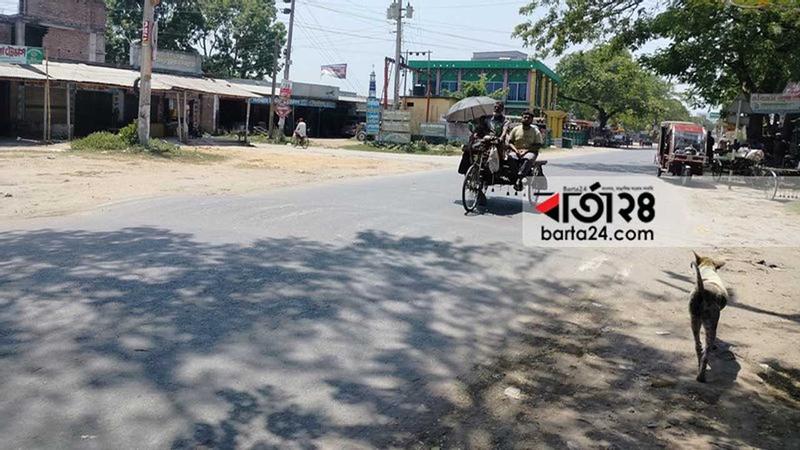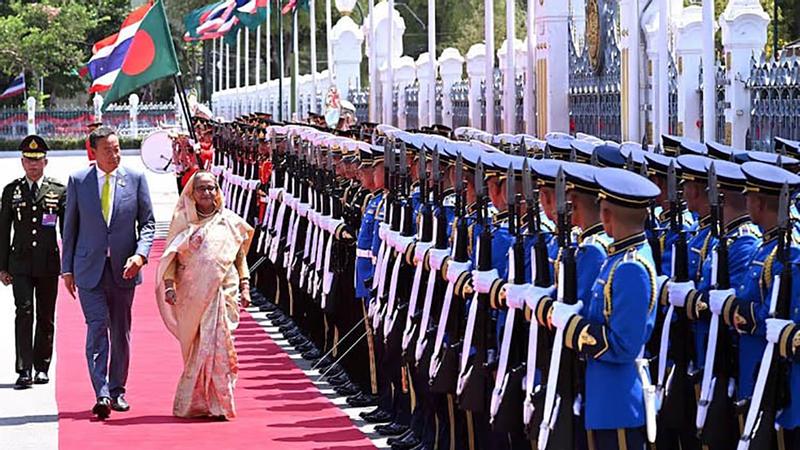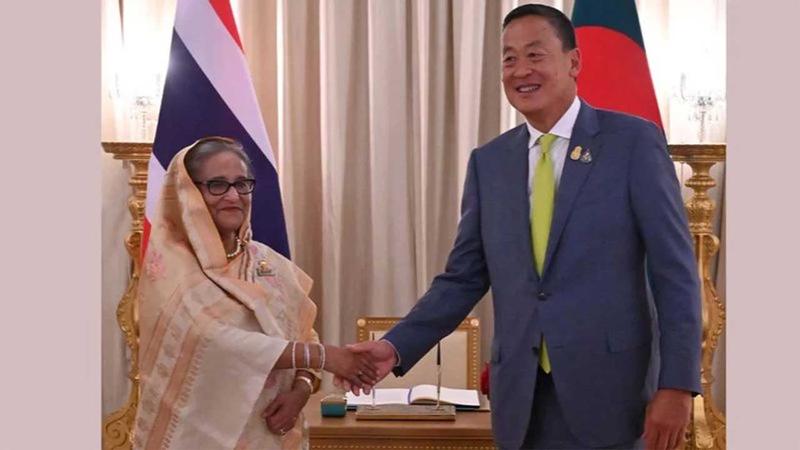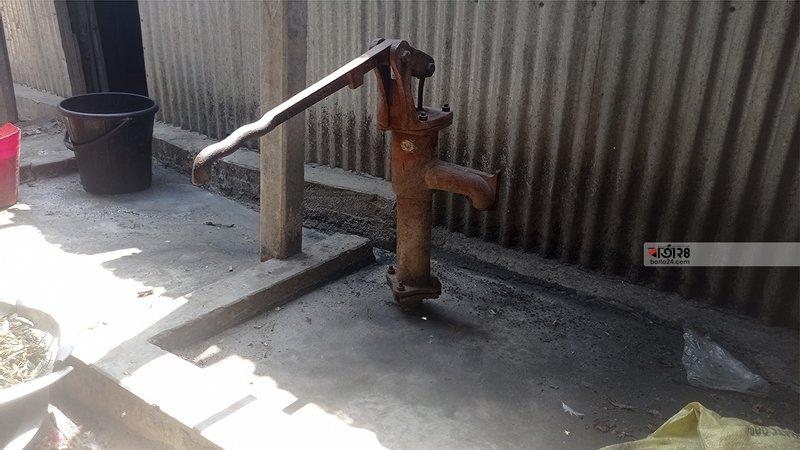Evolutionary development of Chattogram port

Chattogram port/ Photo: Barta24.com
Chattogram: The principal sea port of Bangladesh known as Chattogram port is situated at the mouth of river Karnaphuli located in the South- western part of Bangladesh. During British rule in India in 1860 the English and local business men took over the bank of Karnaphuli at the exchange of Taka one as ‘Selami’ where they built two wooden jetties for anchoring ships. Next in 1877 Chattogram port commissioner was formed and in 1888 at the port two mooring jetties were built. The port commissioner started functioning on April 25 of 1888.
On Saturday the 125 years of the legendary port of Chattogram was observed in very grand fashion with festivity and colorful function. The traditional ‘Mejban’ was also arranged on the occasion. The festive mood is still humming the port area.
It is learnt from the port sources that during 1889-1910 period Chattogram port commissioner and Assam Bengal railway jointly built four permanent jetties. The port was connected with railway in 1910. In 1926 the Chattogram was decaled a major port. DuringPakistan period in 1960 the port commissioner was converted to Chattogram port trust. In 1976 it was converted to Chattogram port authority. Now it is an autonomous body. In this way the Chattogram port took evolutionary shape reaching to present structure from where 92 percent revenue of the country is earned.
At present of the total 17 pontoon jetties 13 jetties have shore cranes and rail connections. 11 jetties have sheds. The total area of 16 sheds is 12 lakh 30 thousand 850 square feet. The total area of the ware -house is 6 lakh 77 thousand 540 square feet with the capacity of preserving 27600 tons.
Earlier the from the Patenga signal center the maritime area of Chattogram port was 5 nautical miles. But in 2011 three anchorage named Alpha, Bravo and Charlie were divided and the maritime boundary was expanded to 7 nautical miles. The container handling capacity was also increased. At present the maritime boundary limit is 50 nautical miles covering from Mirsarai via Matarbari-Kutubdia to Chattogram port area.
The port authority has built a bay-terminal on the shore of Halishahar on 803 acres of land which is free from high and low tide. The area of the bay-terminal is 6.15 kilometers in length and breadth is 600 meters. At present the ships of 9.50 meter draft are touching all the jetties including New Mooring Container terminal. After the completion of bay- terminal ships of 10-12 meter draft would be possible to anchor. Ships loaded with 800 TEUS containers can anchor while at bay terminal with the load of 5 thousand TEUS would be possible to anchor.
On the other hand an integrated project to enhance the capacity of Chattogram port has been taken up at an estimated cost of Taka 25 thousand crore. The project includes construction of four independent terminals, to bring equipments including 10 gantry cranes and building of yard have already started. The area of the port will expand 13 times after the completion of the project. The port which had started with the capacity of handling six containers it reached the capacity to handle 29 lakh 3 thousand 996 containers in 2018. The annual growth was 9 percent.
Six gantry cranes are now working in handling the containers at the port now. More four gantry cranes will be added soon. An initiative has been taken up to build a floating harbor at outer anchorage to carry goods from lighterage ships through river channel. To make the port environment friendly a project styled as Green Port Initiative has been taken up.
Speaking about the rapid progress of Chattogram port secretary of the port Omor Faruq told Barta24.com that the addition of gantry cranes at the port has increased the capacity of Chattogram port manifold and the speed has also increased. The number of ship movement has also increased. In 2017, 3370 ships touched the port while in 2018, 3747 ships anchored at the at the port. The number will further increase in 2019.
Chattogram Port Authority chairman Admiral Zulfiquar Aziz told Barta24.com that, ‘the capacity of Chattogram port has now increased manifold and after implementation of the on going development projects this port will be regarded as one of the major ports around the present world.’















